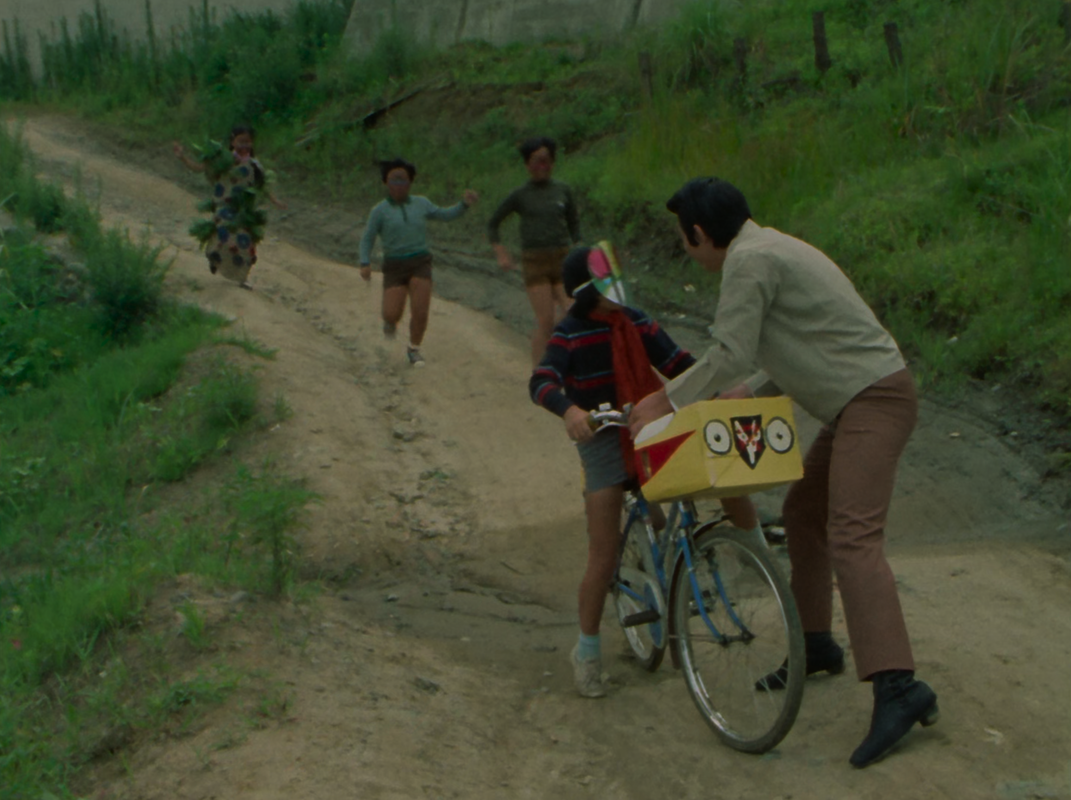Mike Manus wrote:When were these films shot? Here's an interesting video about how films from the 70s and 80s were mostly shot on stocks that push green toward blue. If that's when they were shot, maybe you just don't like the look that these films naturally have.
That's not true, and I've worked on hundreds of remasters done from 1970s/1980s emulsions. Kodak 5247 was not skewed towards green. None of the stocks were. In fact, Kodak bent over backwards for decades to actually try to get their films as absolutely neutral as possible. They weren't always successful, but they did at least make the effort. The whole point was to allow the filmmakers get a print that looked remarkably similar to the colors seen by the human eye on set.
It is true that the film stocks of the 1970s and 1980s have a certain look and feel, but if I had to describe it, it's
dense and noisy more than anything else. All the 100ISO stocks were tough to work with. Things got much better with the T-Grain stocks of the late 1980s, and then the Vision stocks of the 1990s. Those were a pleasure to use and looked fantastic -- arguably the perfection of film in that era. They still make the same 5219 Vision III stock today as what we had 20 years ago. [I don't dispute that "color density" is a real thing.]
The other thing that people often don't think about is that the differences in stocks don't make as much of a difference as the decisions by the
cinematographer in terms of lenses, lighting, and exposure. I can show you four films all shot on the same stock (Kodak 5254) --
Godfather, Close Encounters, Jaws, and [/i]French Connection[/i] -- and they each look absolutely different. Different DPs, different lighting techniques, different labs, different lenses, different approaches... the stock doesn't make as much difference.
That's why whenever somebody asks, "hey, can we have a film emulation look on this?", I inevitably ask which one? There's a
thousand film looks -- it's whatever you want it to be and whatever you think it should look like.



